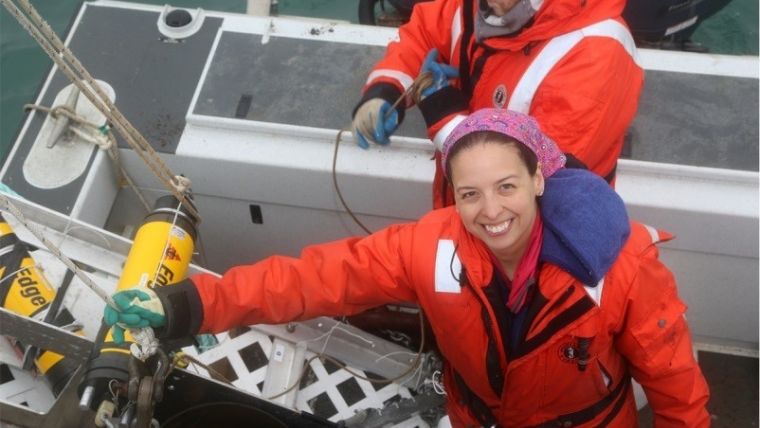AZFP Used to Detect Fish and Plankton Movement between Arctic Marine and Lagoon Environments
The North Slope Borough Department of Wildlife Management (NSB-DWM) deployed a multifrequency (38, 125, 200 and 455kHz) ASL Environmental Sciences’ Acoustic Zooplankton Fish Profiler (AZFP) in the nearshore Beaufort Sea at an Arctic lagoon pass near Utqiagvik/Barrow, Alaska (USA), in July 2018. The data retrieved from the AZFP will be used to determine the presence of fish and plankton under ice and their movements between the marine and lagoon environments, especially during freeze-up and break-up seasons.
Jigging and net sampling will be conducted to collect fish and plankton samples throughout the year in order to verify acoustic targets and to determine if the nearshore environment is an important overwintering habitat for Arctic cod (Boreogadus saida) and neritic plankton which are critical components of the Arctic marine food web.
The AZFP was mounted on a low-profile mooring frame and oriented to look upwards. It will record data continuously for a year and it is also equipped with a CTD and an adjacent current meter. This data will help detect the habitat parameters that may be associated with changes in fish and plankton distribution in the nearshore environment.














